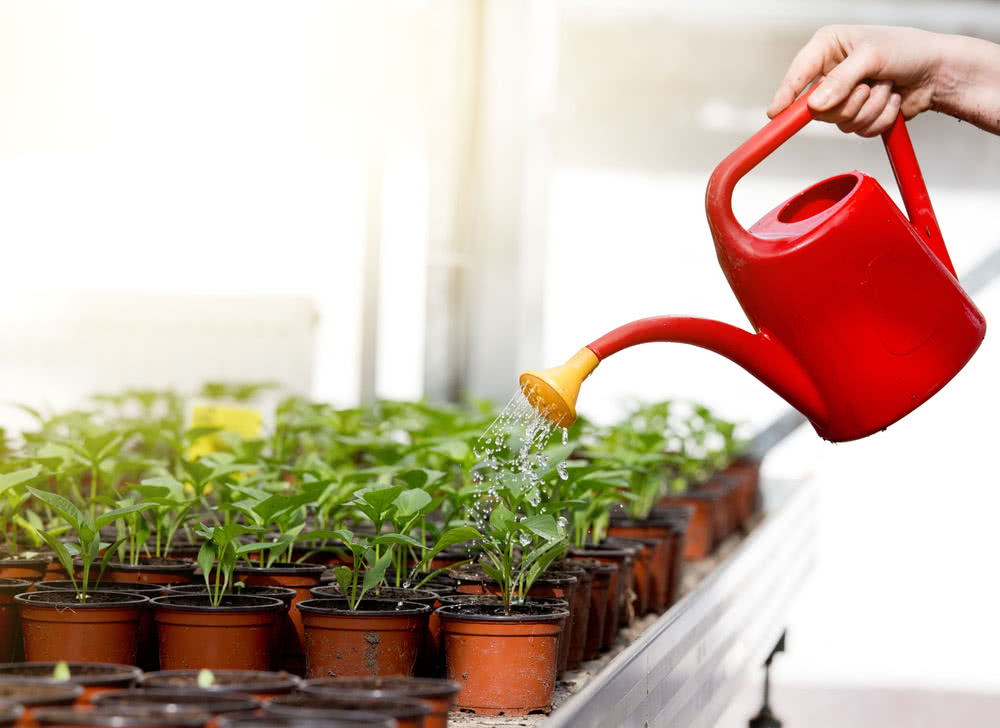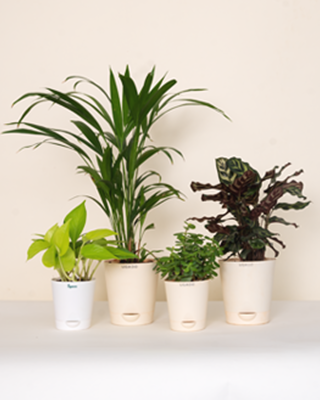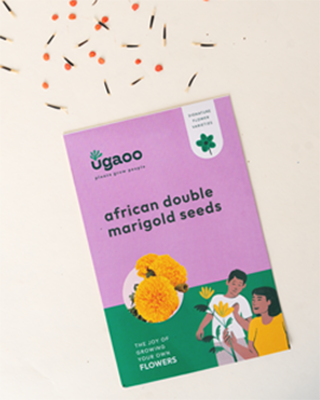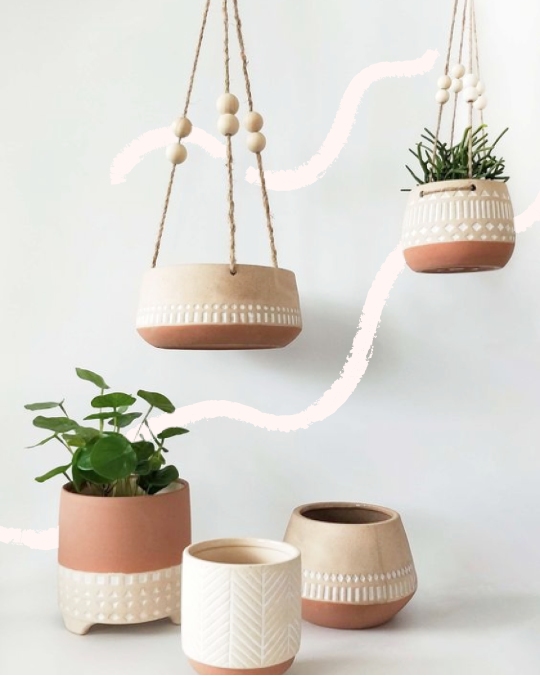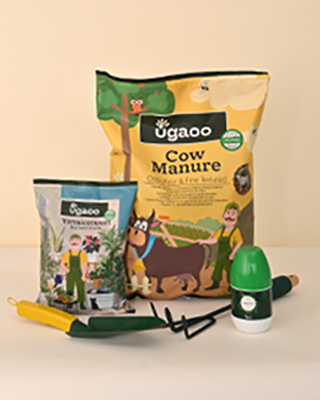Believe it or not but modern gardening techniques borrow a great deal from the past. Going as far back as into the Stone Age, we've passed down knowledge on the best gardening practices that not only made things easier for us but also preserved natural resources. One of these concepts is seed saving.
This is, simply put, the process of collecting and saving the seeds from the various matured fruits, flowers and vegetables in your garden. If you don't carry this out, some of the seeds will still naturally germinate, but many will be lost or eaten by insects. And so, the productivity of your garden will come down.

But this isn't a hard technique at all and comes with many benefits like:
- Increase your savings: Seeds can be expensive, especially the more rare ones. So, if you save seeds after the plant matures, then you won't need to put more money into buying these seeds in the future.
- Storehouse of seeds: Certain varieties of seeds can be harder to find in particular locations. So, if you do find the variety you like, you can ensure its propagation by saving the seed.
- Homegrown quality: The seed industry is getting increasingly commercialized, and hybrid plants are becoming popular, despite some lack of quality. With your own seeds, you won't be depending on anyone.
- Learning process: If you have a green thumb, then few techniques will teach you more about gardening than seed saving.

Feel like you're ready to save some of your own seeds?
• Seed Saving Techniques To Get You Started
1. Seed-head Plants like Chives
These plants are a good place to start seed saving because they don't take too much effort. All you need is a Ziploc bag! Just take the seed head and put it inside the bag and close the opening as much as you can. Then, simply shake the bag, and the seeds will fall right out. You can store them in the fridge till you need them.

2. Peppers
Another easy one, you know peppers are ripe and ready when they change color. After you harvest them, just separate out the seeds and leave the fleshy part to eat. Next, take the seeds on a plate and then leave them somewhere slightly humid to dry.

3. Melons
The fruits like watermelons, muskmelons, squash, etc. usually have lots of seeds that you can save, and it isn't too difficult as well. Just scoop the seeds and put them through a strainer. Eventually, you'll be left with only the seeds. Just rinse the seeds afterwards to remove sugar and then let them dry.

4. Peas and Beans
To save these seeds, you need to take the entire pod and let the whole thing dry out. Once that is done, you can open the pod and harvest the seeds. Store them in a fridge till you need to use them.

5. Cucumbers
Once the cucumber is ripe, cut it from the middle and carefully scrape out the seeds into a bowl. Now, to remove the coating around the seeds, you can leave them soaking in water for one to two days. Then just wash and dry them.

Start seed saving this year and you will finally experience all the potential of your garden! Learn essential tips for seed sowing.




